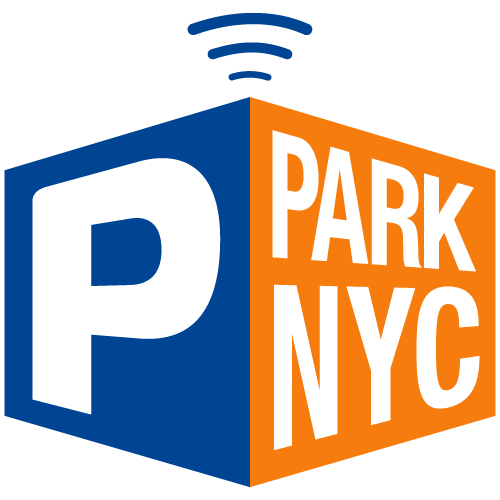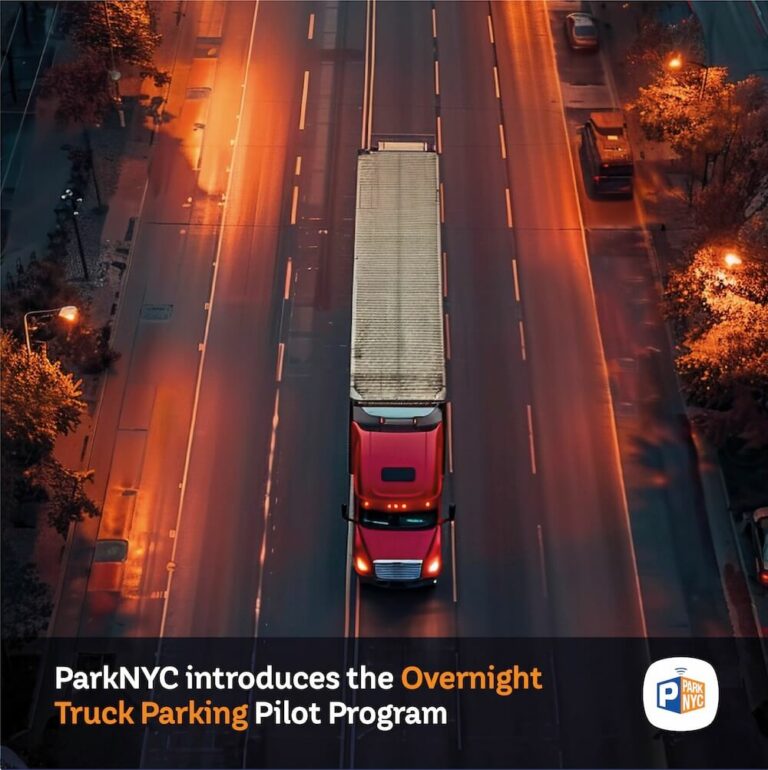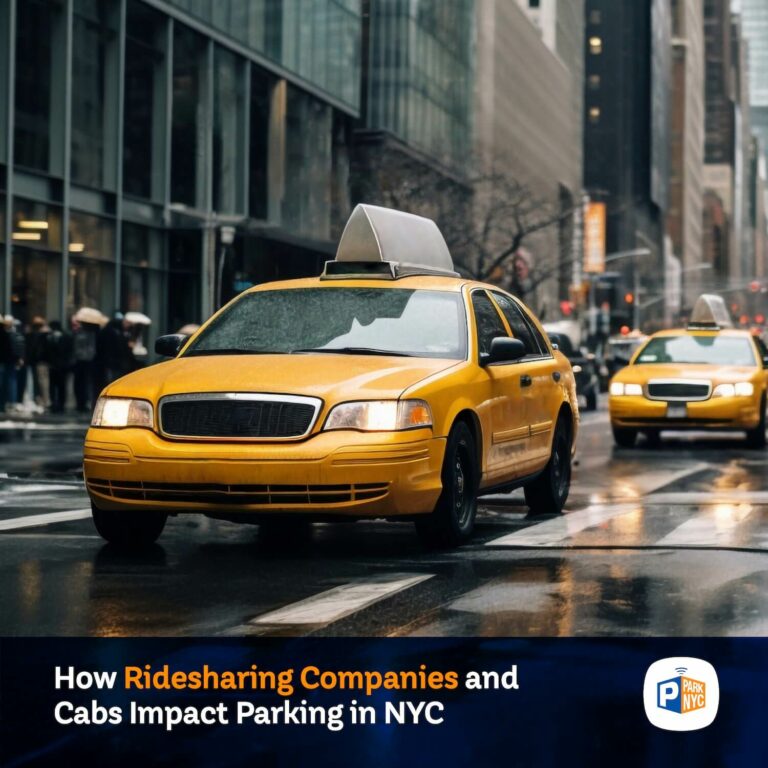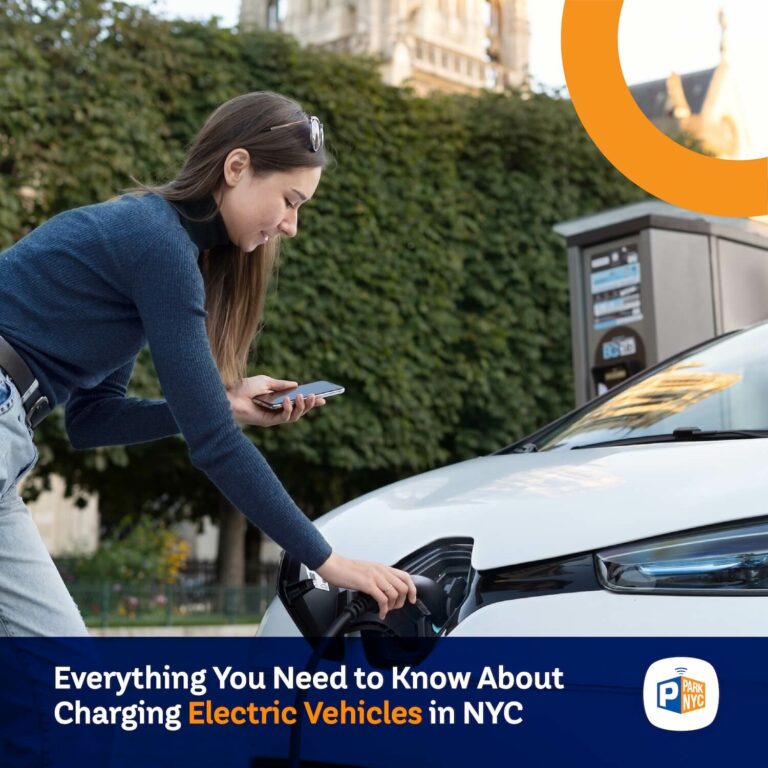The parking meter was invented in the 1930s by Carl Magee, an Oklahoma lawyer, and newspaperman. Although he conceived the parking meter idea, he didn’t have the technical knowledge to develop it. In conjunction with professors at the University of Oklahoma, he organized a contest with engineering students to design the first parking meter. The winner would get a $160 prize and $240 for a working model of the device. However, students’ ideas were deemed not practical, and none of them were selected as winners.
Holger George Thuessen and Gerald A. Hale, a professor and a student at Oklahoma University, then designed the first parking meter, called The Black Maria. Magee filed for a patent for this design on May 13th, 1935. The Black Maria parking meter is now known as Park-O-Meter No 1. Magee’s company, POM, which stands for the initials of the first parking meter name, is still active and manufacturing parking meters.
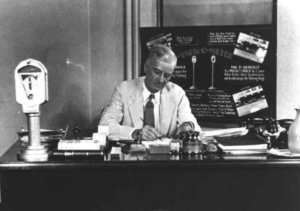
However, Magee was not the first to patent parking meters. On August 30th, 1926, the entrepreneur Roger W. Babson filed for a patent for a parking meter.
Roger Babson was an entrepreneur, economist, business theorist, and Isaac Newton enthusiast. As Newton, he believed in the combination of practical and theoretical knowledge. His ideologies led him to acquire a large number of Newton’s books in a variety of translations, currently loaned to Huntington Library, in California. Babson also found Babson College, in Boston, Webber College, in Florida, and Utopia College, in Kansas.
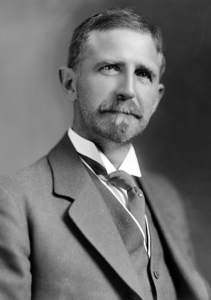
Babson’s idea was to implement a parking meter that would get its energy by using the power of the parked vehicle through a power cable that would connect to the car’s battery. However, his idea was never executed. Carl Magee is currently recognized as the founder of parking meters.
